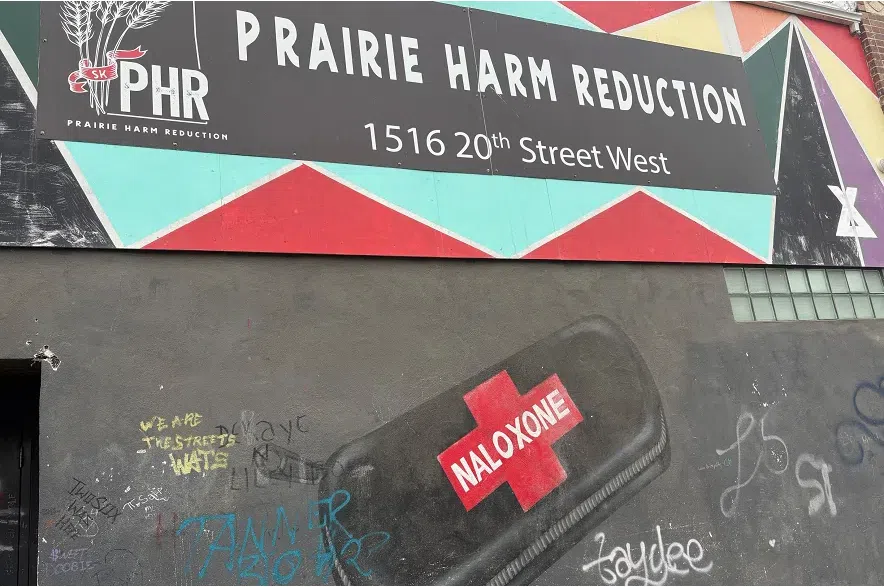Behind each overdose statistic is a human story, followed by the heartbreak of the loved ones left behind.
Prairie Harm Reduction (PHR), which operates Saskatoon’s supervised consumption site, commemorated International Overdose Awareness Day on Aug. 31 by telling the stories of people who have died of an overdose on their social media.
These posts highlight their children, friends, hobbies and jobs.
Read more:
- Alert issued after Saskatoon firefighters respond to string of overdose calls in August
- Street weapons and EV charging costs on Saskatoon City Council’s agenda
- ‘It’s killing us:’ Residents of Muskoday walking to Regina for overdose awareness
Kayla DeMong, Prairie Harm Reduction’s Executive Director, said it helps to humanize those who were lost.
“When we look at crises like this, it just turns into faceless numbers. It’s really important to remember that the people that we are losing have families and friends,” she said.
According to DeMong, these stories honour those who’ve died while also eliminating some of the assumptions made about drug users.
“What the stories have shown the best is that there is such a diversity in who is affected by this right now,” she said. “There’s really no difference between us and them.”
While each story left its mark on DeMong, the ones that mentioned a person’s children hit especially hard. DeMong, a former user herself, spoke about being a mother and how difficult it is to read these posts, knowing how much those people loved their kids.
To further pay their respects to those lost from overdose poisoning, Prairie Harm Reduction held a vigil on Sunday afternoon, bringing the community together to support each other.
Saskatchewan’s drug crisis “isn’t over”
Since January, there’s been a huge increase in overdose deaths, according to DeMong, with multiple overdoses happening in Saskatoon daily.
More recently, she said that in the past four weeks, more people who visit PHR for its services have died than ever before. They did not die on site.
“It goes to show that this crisis isn’t over,” she said.
That’s especially true in Saskatoon, with the Saskatchewan Health Authority issuing an alert in the city after firefighters responded to 84 overdoses between Aug. 17 to Aug. 26, with multiple fatalities.
The health authority warned of a drug being sold, appearing as green/blue crystals in one case, that potentially contains fentanyl and carfentanyl.
Part of the danger, according to DeMong, is that many drugs right now are being mixed with various substances, so people are unaware of what they’re actually buying and using.
It means they also won’t have the proper knowledge of how to treat an overdose, since naloxone only works for opioids. So, those experiencing the effects of benzodiazepines, for example, wouldn’t have an improvement in their condition with the medication.
PHR has noticed this pattern of mixed substances through its drug testing, which enables people to come in and check what’s inside their substances.
That information gets sent to the province, which puts together trends.
“But in the meantime of gathering all that information, people are watching their people and their loved ones die every day,” DeMong said, adding how people in the community feel scared.
For DeMong, provincial and municipal leaders have to work together and recognize that support is needed on the ground level.
“It is their job to support everyone in our community, not just those who we feel deserve support,” she said.
Those supports would involve healthcare, including mental healthcare and housing, which combined would give people a better chance of seeking treatment, Demong said.











